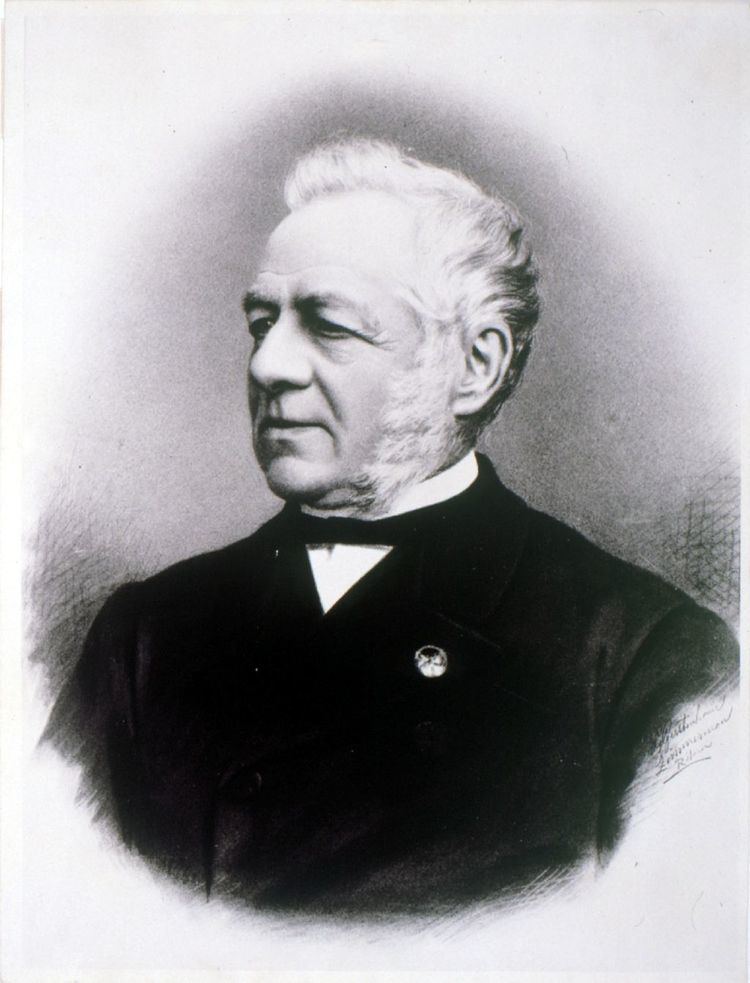Nationality Dutch Name C. D. | Alma mater University of Utrecht Fields Chemistry, Meteorology | |
 | ||
Similar People William Ferrel, Matthew Fontaine Maury, Leon Foucault | ||
Christophorus Henricus Diedericus Buys Ballot ( [ˈbœys ˈbɑlɔt]; October 10, 1817 – February 3, 1890) was a Dutch chemist and meteorologist after whom Buys Ballot's law and the Buys Ballot table are named.
Contents
Biography
Buys Ballot was the son of a Dutch Reformed minister, born in Kloetinge, Netherlands. He attended the Gymnasium at Zaltbommel and the Hogeschool (now University) of Utrecht. After receiving his doctorate in 1844, he became lecturer in mineralogy and geology at Utrecht; he added theoretical chemistry in 1846. In 1847 he was appointed professor of mathematics and from 1867 until his retirement he was professor of physics.
Buys Ballot tested the Doppler effect for sound waves in 1845 by using a group of musicians playing a calibrated note on a train in the Utrecht-Amsterdam line.
He died in the Dutch city of Utrecht.
Accomplishments
Buys Ballot is best known for his accomplishments in the field of meteorology, specifically the explanation of the direction of air flow in large weather systems. Furthermore, he founded the Royal Dutch Meteorological Institute in 1854 and he remained its chief director until his death. He was one of the first to see the need for international cooperation, and in 1873 became the first chairman of the International Meteorological Organization, a precursor of the World Meteorological Organization (WMO).
Buys Ballot's law states that if a person in the Northern Hemisphere stands with his back to the wind, the atmospheric pressure is low to the left, high to the right. His main research effort in meteorology went into examining long-time series for regularities; he was more concerned with establishing the regularities than in explaining them. He made no contributions to the theory of meteorology which is perhaps surprising given his training in physics. The contrast with his American contemporary, William Ferrel, who discovered Buys-Ballot's law slightly earlier, is striking.
Buys Ballot devised a tabular method for investigating periodicity in time series. In 1847 he used the table now named after him to determine the period of the sun's rotation from daily observations of temperature in the Netherlands from 1729 to 1846.
Buys Ballot became member of the Royal Netherlands Academy of Arts and Sciences in 1855.
Among his students was the prominent Dutch astronomer Jacobus Kapteyn.
Eponym
In 1971 the lunar crater Buys-Ballot was named in his honor.
